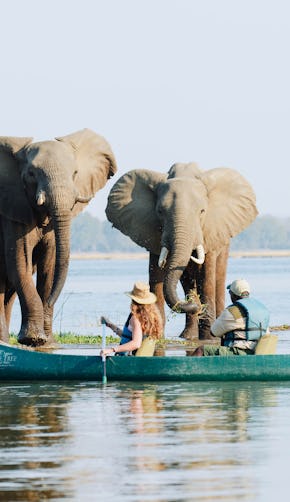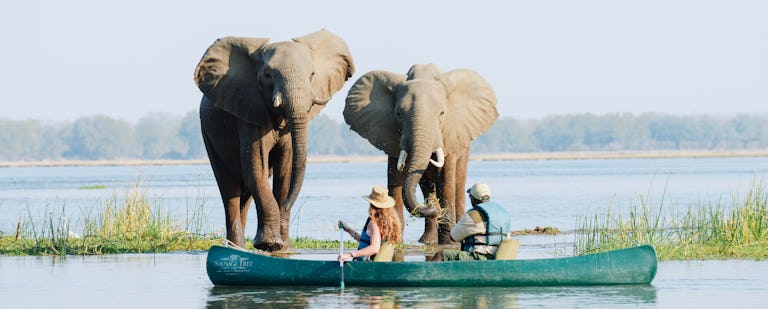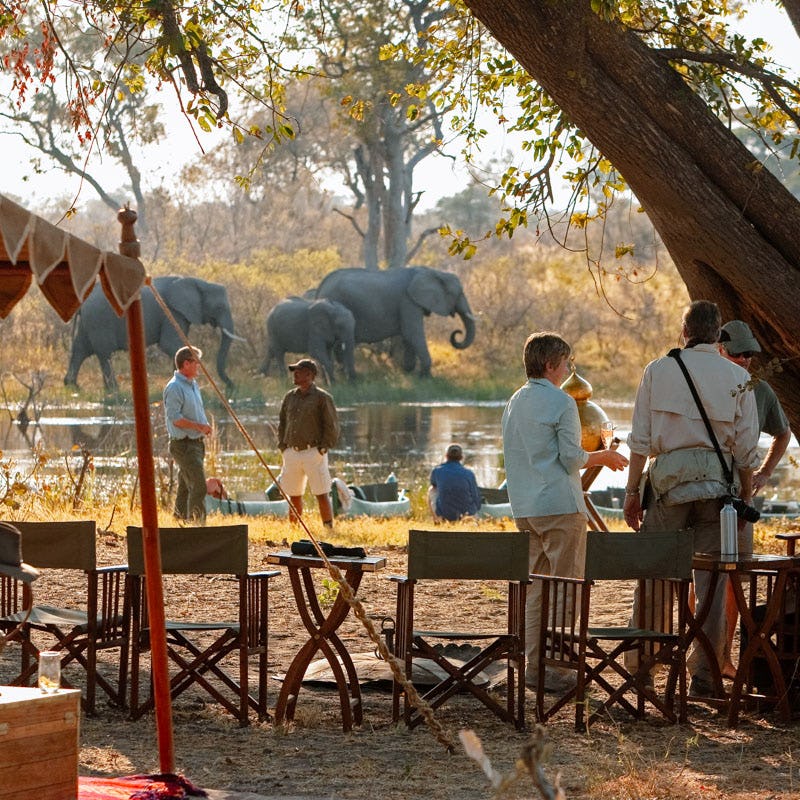One of those rare ‘all-year-round’ gems, there isn’t really a bad time to visit Colombia. Located on the equator, the temperatures are fairly consistent in each region and the weather patterns are dictated more by altitude over anything else. As you move from the highlands to the lowlands, you’ll pass through a few different microclimates along the way!
In a nutshell, it’s helpful to think of Colombia as having two different seasons: the dry and the wet. The dry season runs from December to March and again from July to September whilst the wetter months are those in between (April, May and June, and October and November).
As an example, the lowland areas have a balmy, tropical climate for most of the year and the temperature varies little, but there are more frequent showers in the ‘wet season’ months. There’s always one outlier that proves the rule, however, and in Colombia’s case, it’s the Caribbean coast, where temperatures hover around 33°C all year, and Medellín where the weather is warm and dry year-round. Also worth a mention is the Amazon, which remains quite uniformly wet and humid all year.
Bearing that in mind, it’s also helpful to understand the highlights of each season and unique events of certain months. Here’s our lowdown on the weather in Colombia, from January to December…

December to March
We’ll start at the end of the year, in December. The December to March period is one of the country’s driest, hottest seasons in many areas and generally considered one of the best times of year to visit. The country buzzes with visitors, both local and international, and there’s a festive atmosphere, particularly in the peak holiday periods.
This is an excellent time of year for outdoor activities, from guided walking tours to hikes. In the Andes, January is one of our favourite months of the year for hiking: think blue skies and crisp views, moderate temperatures and hardly any rainfall. It’s also a great time to travel around the country on a combination trip, exploring the northern beaches, the Coffee Region, Los Llanos and Cartagena. If you’d like some peace and quiet, head to Bogotá – the residents are all at the beach for the holidays – and for star-gazing, San Agustin is spectacular. The Amazon is quite wet, but it is still a great time to visit especially if you are combining the area with other regions of Colombia.
If you’d like to tie in a visit with a festival, consider the Barranquilla Carnival in February (it’s second in size only to the Rio Carnaval) or Popayán’s historic Festival de Los Negros y Blancos in January. There are also wonderful celebrations of music, film and literature in Cartagena throughout the season.
As with any peak season, it can be costly to travel in the December to March period. Hotels and lodges book up quickly and we would highly recommend planning in advance. To secure your top picks, start your planning process around 12 months before, or perhaps consider travelling in February or March; you’ll still benefit from the balmy and beautiful weather, but it’s much quieter than the high peak season of December and January.
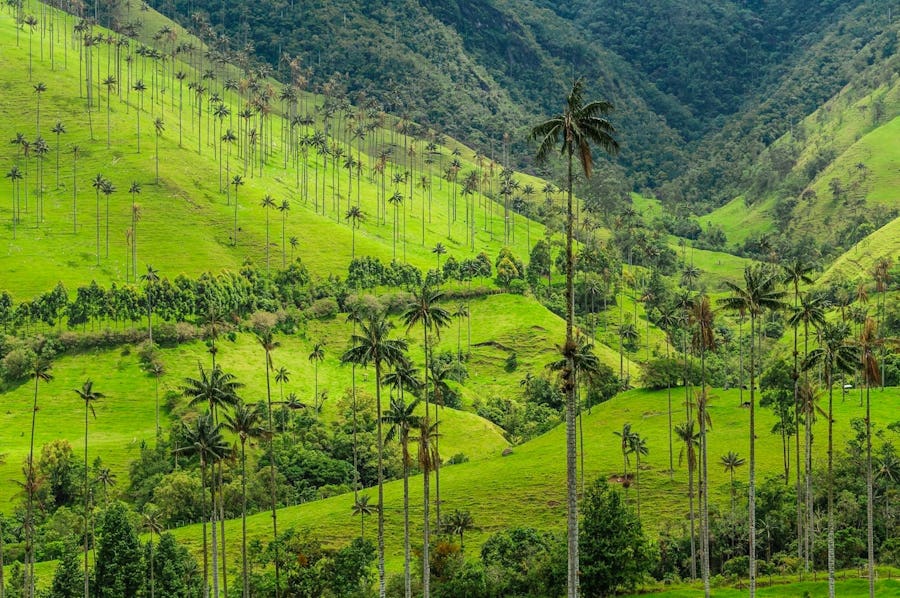
April to June
From April to June, the first of the rainy seasons hits the country, bringing with it higher temperatures and a fair amount of humidity. The high-altitude areas remain pleasantly cool, however, and this is one of the best times to visit Santa Marta, the highest mountainous region in the country. Regional variations in weather are big and whilst Bogotá, Barichara and Medellín are a little wet in April and May (but great in June), Cartagena stays dry in April, with rain only appearing in May and June.
In short, it’s not the best time of year for hiking or beach time but visiting the Coffee Region and the cities is still very enjoyable. In fact, the Coffee Region is particularly lush and verdant right now and at the beginning of the season, you might catch the coffee flowers blooming before the rains fully set in.
In the Amazon, the rains have arrived but the flooded jungle can be explored by kayak, which is a fantastic experience.
At the Caribbean Coast, you might see a little rain, but it tends to fall in short, sharp showers. The underwater visibility is particularly good in June, making it a great time to snorkel around the Rosario Islands. Exploring Tayrona National Park is also lovely.
Easter is always a busy time for domestic travel and if you’d like to travel around this time, it’s advisable to plan in advance.
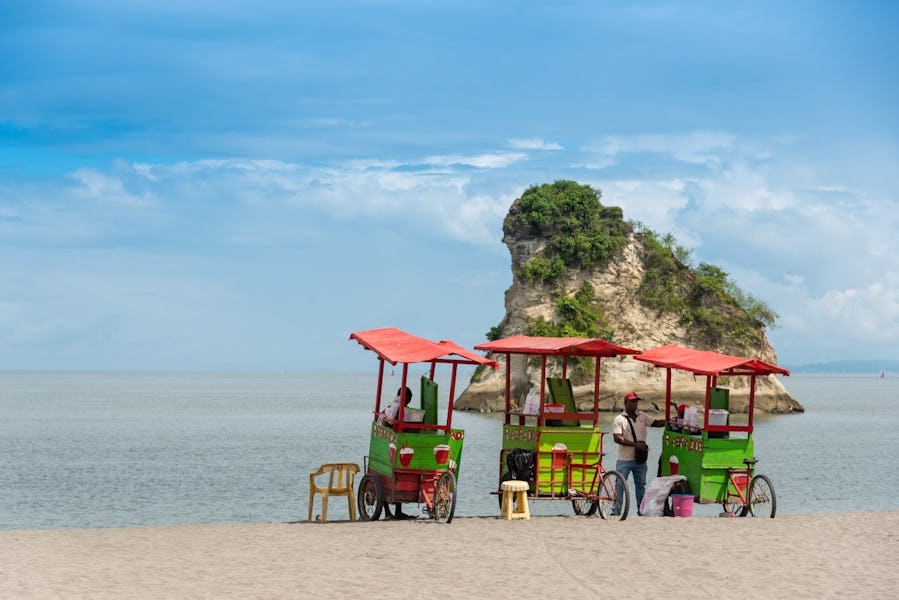
July and August
July and August see the return of another short, dry season and it’s a great time of year to travel to Colombia although flights can be expensive from Europe for the school holidays. The real draw is the Pacific Coast. From July, the humpback whales arrive on their annual migration route, and the surfing is pretty good too! Conversely, the Caribbean Coast can be very hot in July and August with rocketing humidity levels.
Other highlights of this time of year include adventures in the Altiplano and Bogota regions, Medellín’s glorious Feria de las Flores (Flower Festival) in August, and the Wind and Kite Festival in Villa de Leyva in mid-August.
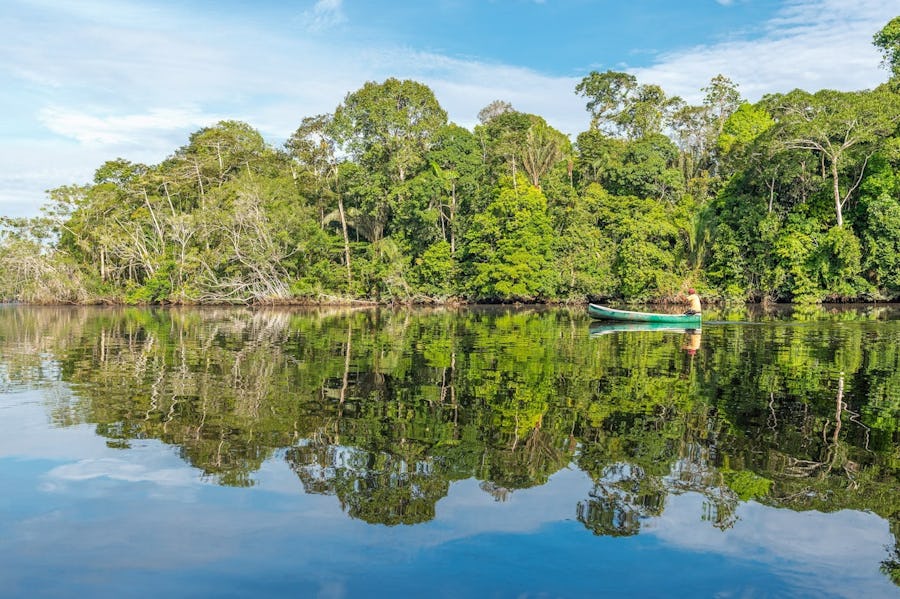
September to November
At the beginning of September, the weather is similar to that in August – dry, sunny and generally lovely – but as the season progresses into October and November, many parts of the country experience heavy rain. If you are travelling at this time of year, be wary of flash flooding and plan activities for the morning, before the rain hits in the afternoon. This isn’t the best time of year for hiking, but there are some excellent deals to be had on both airfares and hotels.
In September and even into October, the Pacific Coast is still a good bet (try Nuqui). October is the last month for good whale-watching and the best time to spot the new calves, but towards the end of the month and into November the rains arrive and the Caribbean Coast gets the sunshine again.
Elsewhere, it’s Independence Day in Cartagena on the 11th November and the streets are filled with lively street parties (and some rain!). In the Llanos, the migrant birds begin to arrive at the waterholes, and capybara, anacondas, alligators and monkeys are easier to spot as the flooded plains dry up.
Where you really want to be right now, however, is the Amazon! This is the height of the Amazon’s dry season and in September, the water levels begin to lower, exposing the riverbanks and making it much easier to spot the likes of caiman. This lower water also allows for excellent hiking, the opportunity to explore sandy beaches and (happily), fewer mosquitoes.
It’s one of the most important questions when planning a trip and one that has many different answers (of course!). From activities and accommodation to travel styles and your holiday priorities, the best time to visit Colombia is a personal decision. There are a couple of tips and tricks to have in mind, however, and we’re here to give you the facts on Colombia’s seasons and weather from January to December.















